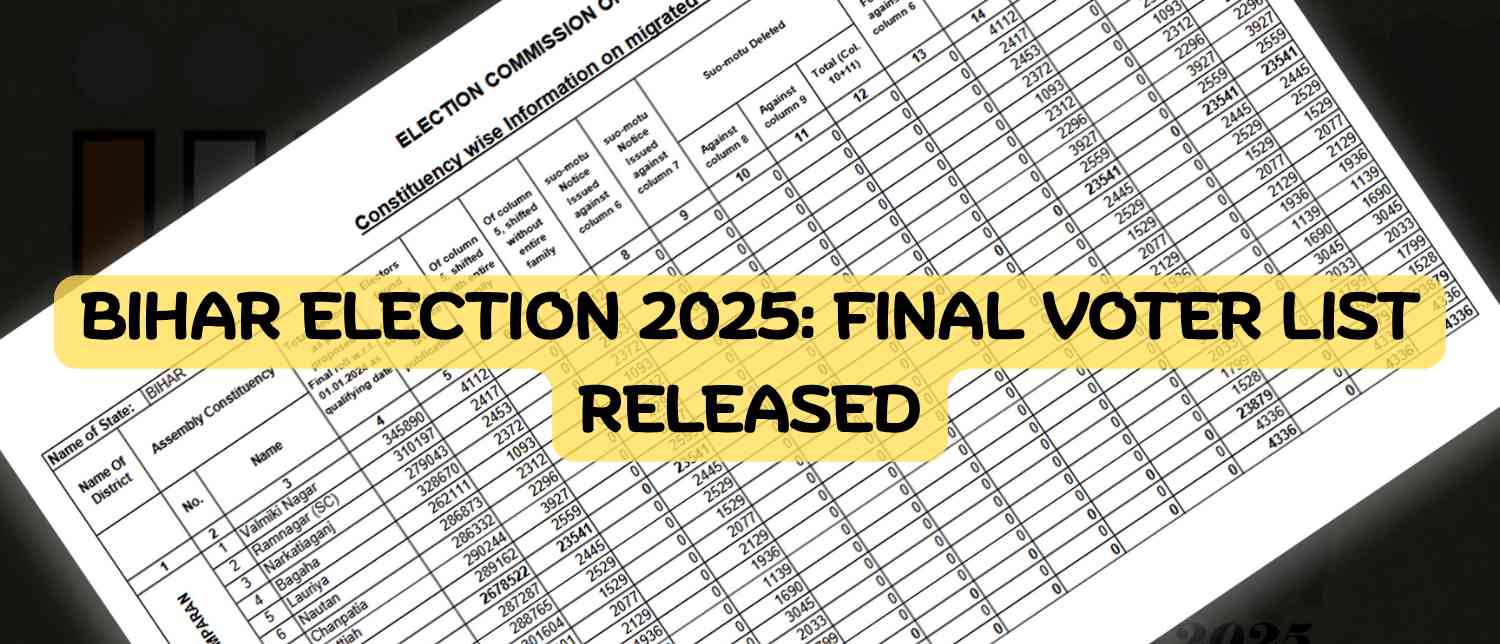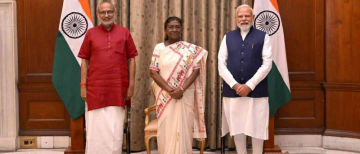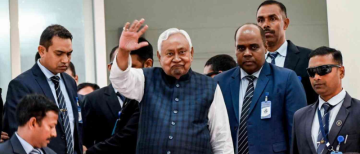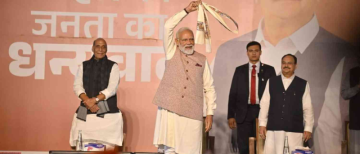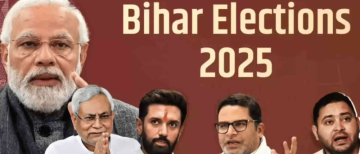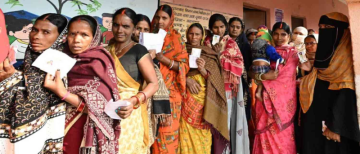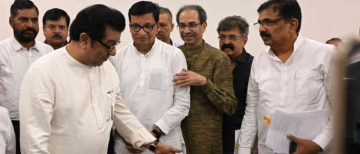The Election Commission of India (ECI) has released the final electoral rolls for Bihar ahead of the state’s crucial Assembly elections due in October-November 2025. The updated list has sparked controversy, with a net exclusion of 47 lakh voters following the Special Intensive Revision (SIR) exercise conducted after 22 years.
While the poll panel has defended the revision as essential for ensuring the integrity of the rolls, political parties and civil society groups allege that the drive — carried out in the name of eliminating ineligible entries and illegal immigrants — has in practice raised barriers for legitimate voters. With the matter under scrutiny in the Supreme Court and the elections weeks away, the debate around the citizenship verification angle of the revision is far from settled.
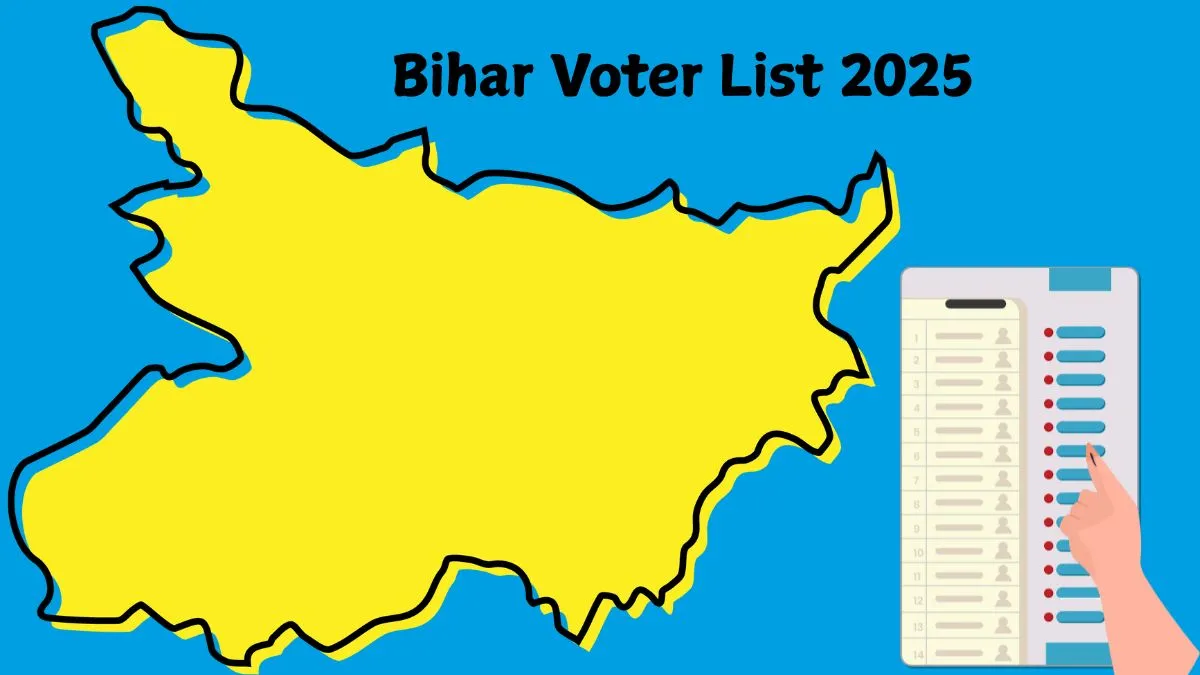
Bihar’s Final Voter Roll: The Numbers
According to the Election Commission’s statement on September 30, 2025, Bihar’s voter list now has 7.42 crore electors, down from 7.89 crore when the SIR began on June 24. This represents a 5.95% decline, or a net loss of 47 lakh voters.
The numbers behind the shrinkage are significant:
-
7.89 crore voters were listed on June 24, before the SIR began.
-
65 lakh names were excluded in the draft roll published on August 1, citing reasons such as death, permanent migration, or duplication.
-
This brought the count down to 7.24 crore in the draft.
-
A further 3.66 lakh names were deleted during the scrutiny period in August-September.
-
At the same time, 21.53 lakh names were added or re-included through claims, objections, and new registrations (Form 6).
-
The final tally on September 30 stands at 7.42 crore electors.
The net deletion of 47 lakh names has become the central flashpoint, with opposition leaders alleging that lakhs of genuine citizens may have been excluded.
Why Was the SIR Ordered After Two Decades?
Unlike the annual summary revision of rolls — which involves minor corrections and updates — a Special Intensive Revision is a much more elaborate exercise. It requires a house-to-house enumeration of electors and preparation of the rolls from scratch.
The last SIR in Bihar was conducted in 2003. Explaining why the 2025 SIR was necessary, the ECI said in its June 24 order: “Various reasons such as rapid urbanisation, frequent migration, young citizens becoming eligible to vote, non-reporting of deaths and inclusion of the names of foreign illegal immigrants have necessitated the conduct of an intensive revision so as to ensure integrity and preparation of error-free electoral rolls.”
The Commission argued that relying on annual updates was no longer enough, especially in a state with high rates of migration and a young voter base.
Citizenship Proof: The Controversial Requirement
What triggered the strongest pushback was the EC’s requirement that all voters enrolled after 2003 furnish documentary proof of birth or parentage to establish citizenship. The categories were based on the Citizenship Act, 1955:
-
Those born before July 1, 1987 had to prove their own date/place of birth.
-
Those born between July 1, 1987 and December 2, 2004 had to provide documents for themselves and one parent.
-
Those born after December 2, 2004 had to furnish documents for themselves and both parents.
Initially, the EC accepted only 11 specified documents as proof, excluding widely available IDs like Aadhaar, Voter ID, and Ration Cards. After protests and litigation, the Supreme Court intervened in August, directing that Aadhaar be accepted as the “12th document.” The EC clarified on September 9 that: “Aadhaar Card is to be accepted and utilised as a proof of identity and not as a proof of citizenship.”
Still, concerns of disenfranchisement loomed large, particularly because large sections of Bihar’s population — especially women, migrants, and rural poor — may lack birth certificates or parental documents.
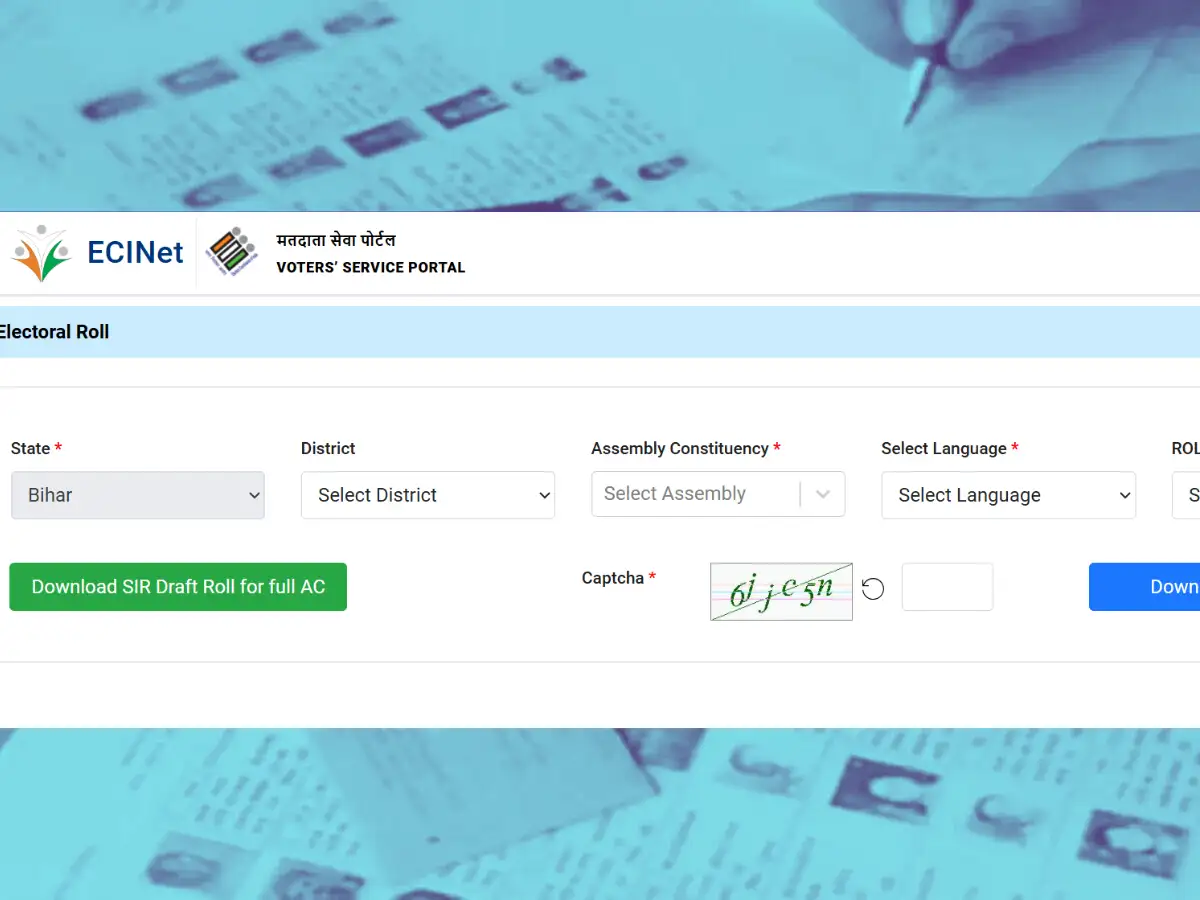
Reasons for Deletions: What We Know
At the draft stage (August 1), the EC gave a detailed breakup of the 65 lakh deletions:
-
22 lakh voters declared deceased.
-
36 lakh voters marked as permanently shifted or absent.
-
7 lakh voters flagged as duplicates, enrolled in multiple places.
However, for the 3.66 lakh additional deletions made between August 1 and September 30, the Commission provided no clear breakdown. This lack of transparency has drawn criticism, especially after the Supreme Court had directed the EC on August 14 to publish names and reasons for deletions on its website.
Political observers argue that while most deletions were routine (deaths and migration), the citizenship filter might have led to wrongful exclusions, though the EC has not shared figures to confirm or deny this.
The Opposition’s Criticism
The SIR immediately sparked political backlash in Bihar, a state with 243 Assembly seats and a deeply polarised electorate.
Congress MP Rahul Gandhi accused the EC of engineering “vote chori,” claiming that crores of genuine citizens risk losing their democratic right to vote. Other opposition leaders from the RJD, Congress, and Left parties argued that the process resembled a backdoor NRC (National Register of Citizens).
They warned that Bihar could witness mass disenfranchisement similar to the controversy in Assam, where the NRC process left lakhs excluded.
The INDIA Bloc (Mahagathbandhan) has vowed to keep the issue alive during the campaign, framing it as an attack on democracy.
The Supreme Court’s Role
Multiple petitions challenging the EC’s authority to conduct citizenship verification are pending before the Supreme Court.
During hearings, the Court questioned the EC’s procedures and asked: “What difference will it (the final publication of the list) make to us? If we are satisfied there is some illegality, we can [still intervene],” observed Justice Surya Kant.
The next hearing is scheduled for October 7, with final arguments expected. The Court has already nudged the EC into including Aadhaar and raised the bar for exclusions. Whether it will issue further directives remains to be seen.
What Happens to Excluded Voters?
For those whose names have been deleted, all is not lost. The EC has clarified: “If any eligible person still wishes to apply for inclusion of their name in the Electoral Roll, they can submit an application up to ten days before the last date for filing nominations for the election.”
This means voters excluded in the SIR can still apply before mid-October, when nominations are expected to close.
Additionally, under Section 24 of the Representation of the People Act, 1950, aggrieved voters can:
-
File a first appeal before the District Magistrate.
-
File a second appeal before the Chief Electoral Officer of Bihar.
Bihar Assembly Elections 2025: What Next?
The final voter roll sets the stage for the Assembly elections, with the Commission expected to announce the schedule shortly. Sources indicate:
-
The first phase of polling is likely after the Chhath Puja festival (October 25–28), meaning voting may begin in late October or early November.
-
Around 470 observers will be deployed across the state to oversee the polls.
-
The current Bihar government’s term ends on November 22, so results must be declared before then.
In the 2020 elections, the NDA (BJP + JD(U) + allies) won 125 seats, while the Mahagathbandhan (RJD, Congress, Left) secured 110 seats. With only a thin margin, the stakes are extremely high this year, making the 47 lakh deletions even more politically sensitive.
Unanswered Questions
Despite three months of enumeration, scrutiny, and litigation, the SIR leaves behind several unresolved questions:
-
Why is there no breakup of the final 47 lakh deletions?
The EC detailed deaths, migrations, and duplications in the draft roll, but not in the final roll.
-
Why were 3.66 lakh voters removed after the draft stage?
The EC has not clarified if this was due to missing documents or new evidence.
-
Who were the 21.53 lakh added through Form 6?
Were they entirely new voters, or those reinstated during objections? The EC hasn’t specified.
-
How many voters were excluded for lack of documents?
With strict birth/parental proof rules, many may have failed the criteria, but no data has been released.
-
How many “foreign illegal immigrants” were actually found?
Though cited as a reason for the SIR, the EC’s final statement is silent on this.
Until the EC answers these, doubts over the legitimacy of Bihar’s electoral roll will continue to fester.
What's Ahead?
The Bihar Special Intensive Revision 2025 has reshaped the state’s electoral landscape, reducing the voter list by nearly 47 lakh names. While the Election Commission maintains that the exercise was about accuracy and integrity, critics argue it was a citizenship test in disguise, risking disenfranchisement of genuine voters.
With the Supreme Court still seized of the matter, and Assembly elections just weeks away, Bihar finds itself at the centre of a national debate on how India balances electoral integrity with inclusiveness.
The results of this election will not only determine Bihar’s political future but may also set a precedent for how voter lists are verified across India in the coming years.
With inputs from agencies
Image Source: Multiple agencies
© Copyright 2025. All Rights Reserved. Powered by Vygr Media.

